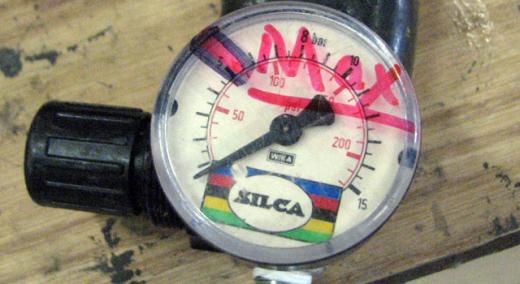"Gauges Are A Good Thing" Credit: Adem Rudin
Part one of this article showed that it is possible, by means of a Visual Basic for Applications program in Microsoft Excel, to calculate the fraction of in-specification product that is rejected by a non-capable gage, as well as the fraction of nonconforming product that is accepted. This calculation requires only 1) the process performance metrics, including the parameters of the distribution of the critical to quality characteristic, which need not be normal; and 2) the gage variation as assessed by measurement systems analysis (MSA).
|
ADVERTISEMENT |
Part 2 of the series shows how to optimize the acceptance limits to either minimize the cost of wrong decisions, or assure the customer that it will receive no more than a specified fraction of nonconforming work.
…

Add new comment